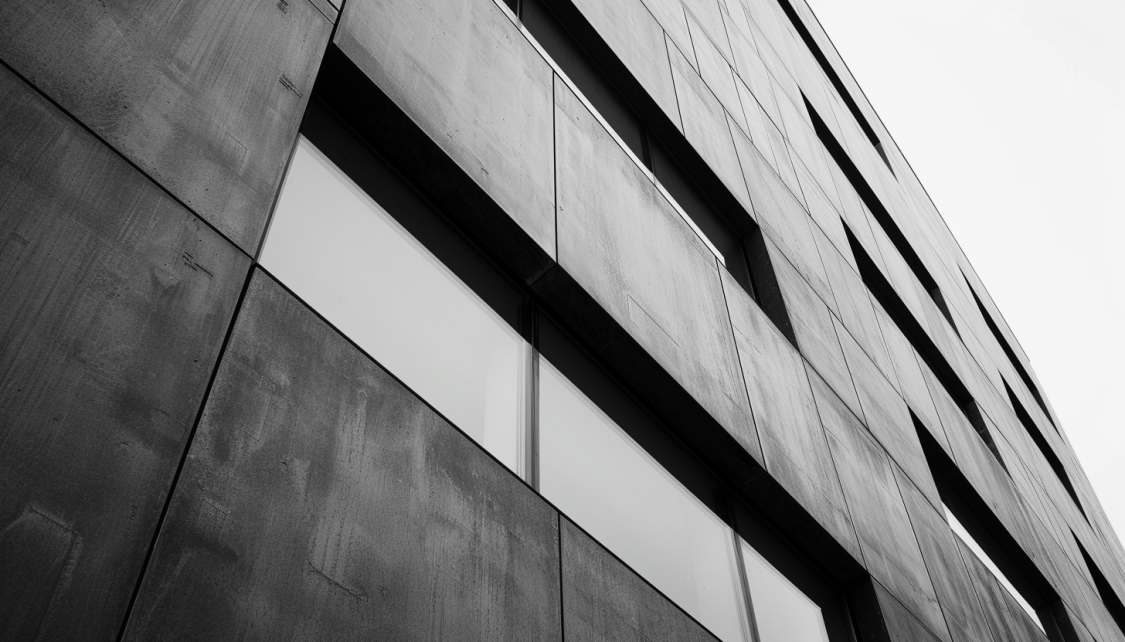The Future of Acoustic Ceiling Tiles in Smart Buildings
Traditional vs. Smart Acoustic Ceiling Tiles
Acoustic ceiling tiles have been a common element in both business and residential environments for a long time. Their main functions are to provide basic sound absorption and to hide building equipment. These conventional ceiling tiles in Ireland, which are frequently composed of foam or mineral fibre, are usually static and have few functionalities. However, the emergence of smart buildings needs a more flexible strategy. On the contrary, smart acoustic ceiling systems are a significant advancement. They combine cutting-edge technology with high-performance acoustic materials to actively control sound, gather data, and easily interface with Building Management Systems (BMS) for a genuinely intelligent and responsive environment.
The Rise of Smart Buildings
The concept of smart buildings has been making many leaps towards progress, so nowadays, it’s just a new reality. They are based on the concept of internet-connected devices (IoT) to automate tasks like heating, ventilation, and lighting. This data is collected and analysed to optimise efficiency and control. Here’s an overview of how Building Management Systems work:
1. Integrated Sensors
These act like tiny ears, constantly measuring sound levels (decibels) and room occupancy (number of people present). Imagine microphones strategically placed within the ceiling panels.
2. Environmental Awareness
Smart acoustic ceiling tiles go beyond just sound. They can also include sensors to detect temperature and humidity levels. Think of them as tiny weather stations embedded in the suspended ceiling tiles.
3. Data Highway
The Building Management System receives all of this data from the sensors, generating an image of the space’s current state.
4. Automated Adjustments
Based on the data, the BMS can make automatic adjustments to optimise acoustics. This might involve:
- Sound Absorption: Specialised materials within the ceiling tiles can be adjusted to absorb more sound if noise levels get too high.
- Noise Cancellation: Similar to headphones, some smart ceilings have the technology to actively cancel out specific sound frequencies.
- White Noise Integration: The system can introduce calming background noise (white noise) to mask unwanted sounds.

Monitoring Sound Levels and Occupancy
Sound level monitoring happens thanks to high-fidelity microphones that capture a nuanced picture of the complex sound environment. They measure sound pressure levels with high accuracy and can distinguish between different types of noise.
Passive Infrared (PIR) sensors are like little detectors that can sense when spaces get warmer or cooler. Therefore, when someone walks into a room or walks out, their body heat changes the temperature around them, which makes the sensor notice and react.
These sensors have a wide field of view, covering most of the space below the ceiling. They track overall occupancy without identifying individuals.
Detecting Environmental Conditions (Temperature, Humidity)
Environmental Sensor Integration: Some advanced smart ceiling systems incorporate additional sensors specifically designed to measure environmental conditions. These sensors are typically small and discreet, seamlessly integrated within the suspended ceiling tiles.
On one hand, its temperature sensors determine how hot or cold the air in the room is and then adjusts the HVAC system to increase air flow or cooling as needed. On the other hand, its humidity sensors detect the amount of moisture in the air in order to adjust ventilation or dehumidification.
Energy Efficiency
The BMS, armed with real-time occupancy data from the ceiling sensors, can ensure. This not only reduces energy waste but can also extend the lifespan of bulbs. The BMS data, gathered from ceiling sensors can also make sure that lighting is only used when necessary.

Enhancing Smart Ceilings with Functional Acoustic Wall Panels
Vibe by Vision offers a diverse range of wall panels specifically designed to work in harmony with smart acoustic ceiling tiles in Ireland. Here’s how the materials in our panels can work alongside the technology in your ceiling:
- Wooden Panels: Thanks to their natural and functional material, wooden acoustic panels’ acoustics lead to clearer audio pickup for microphones, better overall sound quality for speakers, and a more aesthetically pleasing environment for the entire system. They can also help minimise background noise, allowing features like smart thermostats or occupancy sensors to function more effectively.
- Moss Panels: Real, preserved moss acoustic wall panels not only looks lovely and peaceful, but it also has natural sound absorption characteristics. Imagine a rich green moss wall matching your smart ceiling system, providing a visually appealing and acoustically optimised area. The BMS data from the ceiling can be used to trigger adjustments in lighting and humidity control systems, further enhancing the health and longevity of the moss.
- Plant Panels: Similar to moss panels, plant acoustic wall panels incorporate a variety of greenery specifically chosen for its air-purifying and sound-absorbing qualities. The plant life works alongside your smart ceiling to create a healthy and acoustically balanced environment. Additionally, some plant panel options can integrate with humidity sensors, allowing the BMS to regulate moisture levels for optimal plant growth.
- Hemp Panels: A sustainable and trendy choice, Vibe by Vision’s hemp acoustic wall panels offer a unique aesthetic and surprising functionality. Hemp’s natural fibres have intrinsic sound-dampening characteristics, complementing your smart ceiling’s noise-management capabilities. These eco-friendly panels may also be linked to temperature and humidity sensors, providing useful information to the BMS for total environmental control.
- Cork Panels: A classic choice for its natural beauty and resilience, cork acoustic wall panels also offers excellent sound absorption qualities. They can perfectly complement your smart ceiling system, creating a warm and sophisticated space while effectively managing sound. Cork panels can even be embedded with occupancy sensors, providing the BMS with an extra data layer to optimise space utilisation and energy use.
- Compressed Polyester Panels: The high-density polyester material can be surprisingly effective at absorbing sound, working alongside your smart ceiling to create a quieter environment. These Calmtone acoustic wall panels can also be fabricated with fire-resistant properties and come in a wide range of colours and textures to suit any design scheme. Some compressed polyester panels can even incorporate occupancy sensors and other materials like foam, mineral fibre and wool.

Building a Smarter Future
Smart acoustic ceiling tile systems and their compatible wall panels from Vibe by Vision represent a glimpse into the future of intelligent buildings. By leveraging the power of sensors and data integration, these systems allow enhanced well-being and improved space utilisation, optimised energy efficiency, sustainable design principles: natural materials promote a connection with nature and contribute to a healthier planet.
As we move towards a smarter future, smart acoustic ceiling tiles and their integrated wall panel systems are poised to play a leading role. Imagine buildings that adapt to our needs, prioritise our well-being, and operate with a keen eye towards environmental responsibility. Vibe by Vision’s solutions are here to help you build a smarter future, one space at a time.


